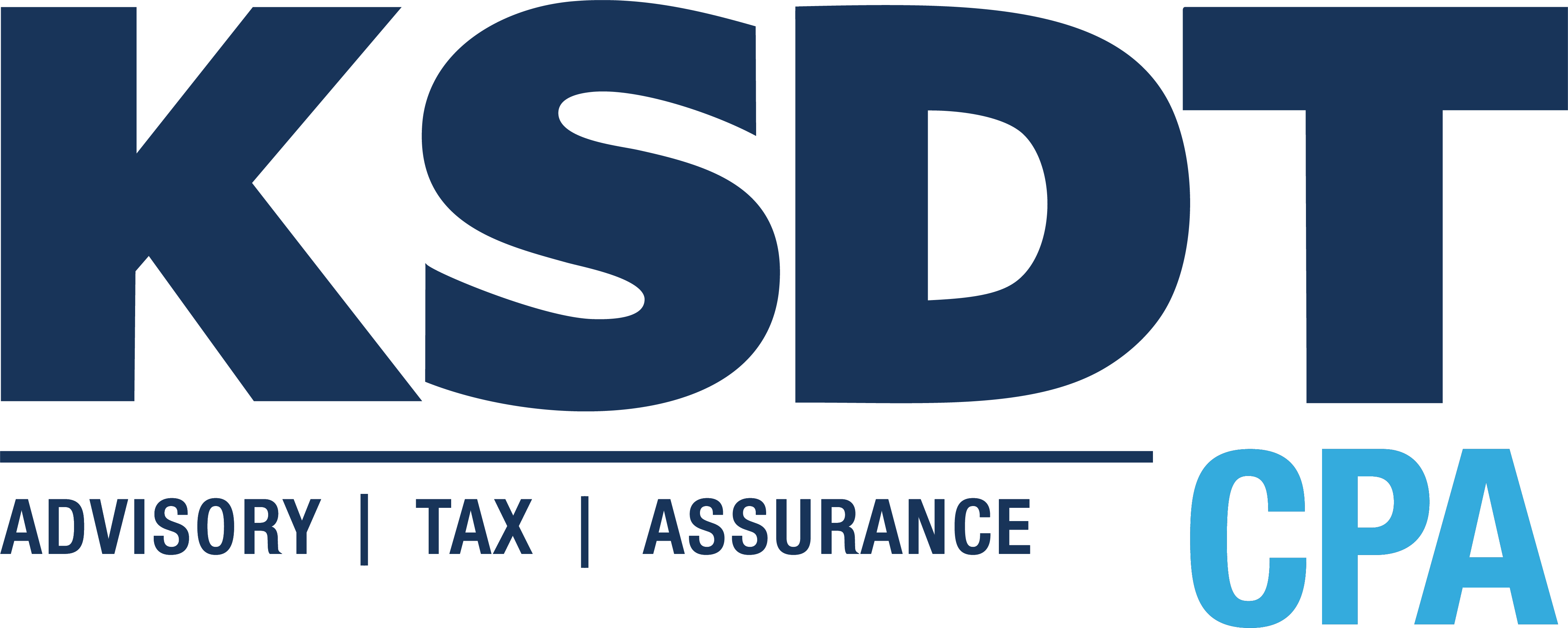If you have a bank account in a foreign country, you may need to disclose it to a branch of the government that fights financial crimes. This is what tax professionals call FBAR reporting. FBAR stands for Foreign Bank and Financial Accounts Report.
Your foreign bank accounts may also impact your tax returns. Let’s take a look at this requirement.
FinCEN and FBAR
The Financial Crimes Enforcement Network (FinCEN) is a bureau of the U.S. Department of the Treasury that collects and analyzes data on financial transactions for the purposes of protecting the financial system from illicit use and combating domestic and international money laundering and related financial crimes.
If you have a financial interest in or signature authority over a foreign financial account (including a bank account, brokerage account, mutual fund, trust, or other type of foreign financial account) exceeding certain thresholds, the Bank Secrecy Act (BSA) may require you to report the account yearly to the Department of Treasury by electronically filing a FinCEN 114, Report of Foreign Bank and Financial Accounts (FBAR).
Who Must File?
United States persons are required to file an FBAR if:
1) The United States person had a financial interest in or signature authority over at least one financial account located outside of the United States, and
2) The aggregate value of all foreign financial accounts exceeded $10,000 at any time during the calendar year reported.
By definition, United States persons include U.S. citizens; U.S. residents; entities, including but not limited to, corporations, partnerships, or limited liability companies, created or organized in the United States or under the laws of the United States; and trusts or estates formed under the laws of the United States.
Exceptions to the Reporting Requirement
There are filing exceptions for the following United States persons or foreign financial accounts:
- Certain foreign financial accounts jointly owned by spouses
- United States persons included in a consolidated FBAR
- Correspondent/Nostro accounts
- Foreign financial accounts owned by a governmental entity
- Foreign financial accounts owned by an international financial institution
- Owners and beneficiaries of U.S. IRAs
- Participants in and beneficiaries of tax-qualified retirement plans
- Certain individuals with signature authority over, but no financial interest in, a foreign financial account
- Trust beneficiaries (but only if a U.S. person reports the account on an FBAR filed on behalf of the trust)
- Foreign financial accounts maintained on a United States military banking facility
Reporting and Filing Information
A person who holds a foreign financial account may have a reporting obligation even when the account produces no taxable income. The reporting obligation is met by answering questions on a tax return about foreign accounts (for example, the questions about foreign accounts on Form 1040 Schedule B) and by filing an FBAR.
The IRS can waive the penalty for failure to timely file or request an extension for any person required to file an FBAR for the first time. Those required to file an FBAR who fail to properly file a complete and correct FBAR may be subject to a civil penalty that generally starts at $10,000 (adjusted for inflation) per violation for non-willful violations that are not due to reasonable cause. For willful violations, the penalty may be the greater of $100,000 (as adjusted for inflation) or 50 percent of the balance in the account at the time of the violation, for each violation.
The FBAR is a calendar year report and is due April 15th of the year following the calendar year being reported, with a 6-month extension available. FinCEN will grant filers failing to meet the FBAR due date of April 15th an automatic extension to October 15th each year. A specific extension request is not required. The FBAR must be filed electronically through Fin-CEN’s BSA E-Filing System. The FBAR is not filed with a federal income tax return.
U.S. Taxpayers Holding Foreign Financial Assets May Also Need to File IRS Form 8938
Taxpayers with specified foreign financial assets that exceed certain thresholds must report those assets to the IRS on Form 8938, Statement of Specified Foreign Financial Assets, which is filed with an income tax return. Those foreign financial assets could include foreign accounts reported on an FBAR.
The Form 8938 filing requirement is in addition to the FBAR filing requirement. Form 8938 must be filed by certain U.S. taxpayers living in the U.S. and holding foreign financial assets with an aggregate value exceeding $50,000 ($100,000 MFJ) on the last day of the tax year, or more than $75,000 ($150,000 MFJ) at any time during the year.
Delinquent FBAR Submission Procedures
Taxpayers who have not filed a required FBAR and are not under a civil examination or a criminal investigation by the IRS, and have not already been contacted by the IRS about a delinquent FBAR, should file any delinquent FBARs and include a statement explaining why the filing is late. Select a reason for filing late on the cover page of the electronic form or enter a customized explanation using the ‘Other’ option. If unable to file electronically you may contact FinCEN’s Regulatory Helpline at 800-949-2732 or 703-905-3975 (if calling from outside the United States) to determine acceptable alternatives to electronic filing.
The IRS will not impose a penalty for the failure to file the delinquent FBARs if income from the foreign financial accounts reported on the delinquent FBARs is properly reported and taxes are paid on your U.S. tax return, and you have not previously been contacted regarding an income tax examination or a request for delinquent returns for the years for which the delinquent FBARs are submitted.
Schedules K-2 and K-3 – Do They Impact the FBAR?
The new K-2 and K-3 schedules must be filed by all pass-through entities (partnerships, S corporations, etc.) with items of international tax relevance, including those with foreign partners and international activities. These new schedules were created to provide more clarity for shareholders and partners as it relates to calculating their U.S. income tax liability or international-related deductions, credits, etc. (for example, information necessary to fill out the Foreign Tax Credit form and calculate the credit amount).
However, these schedules are separate from the FBAR filing, which involves disclosing an interest in and/or authority over certain foreign accounts, and doesn’t directly impact income tax liability or calculation of deductions and credits. While the passthrough entities subject to the K-2/K-3 filing requirements may have their own FBAR filing requirements as it pertains to the accounts that are generating the income/deduction/other items reported on these schedules, this is not necessarily related to any FBAR reporting requirement at the individual shareholder/partner level.
Foreign bank accounts, foreign income, and foreign taxes are highly complex in their reporting requirements and their effect on taxes. It is recommended that you work with your tax professional to ensure that you are fully in compliance with disclosing all the required foreign activity and data that pertains to your specific situation.





